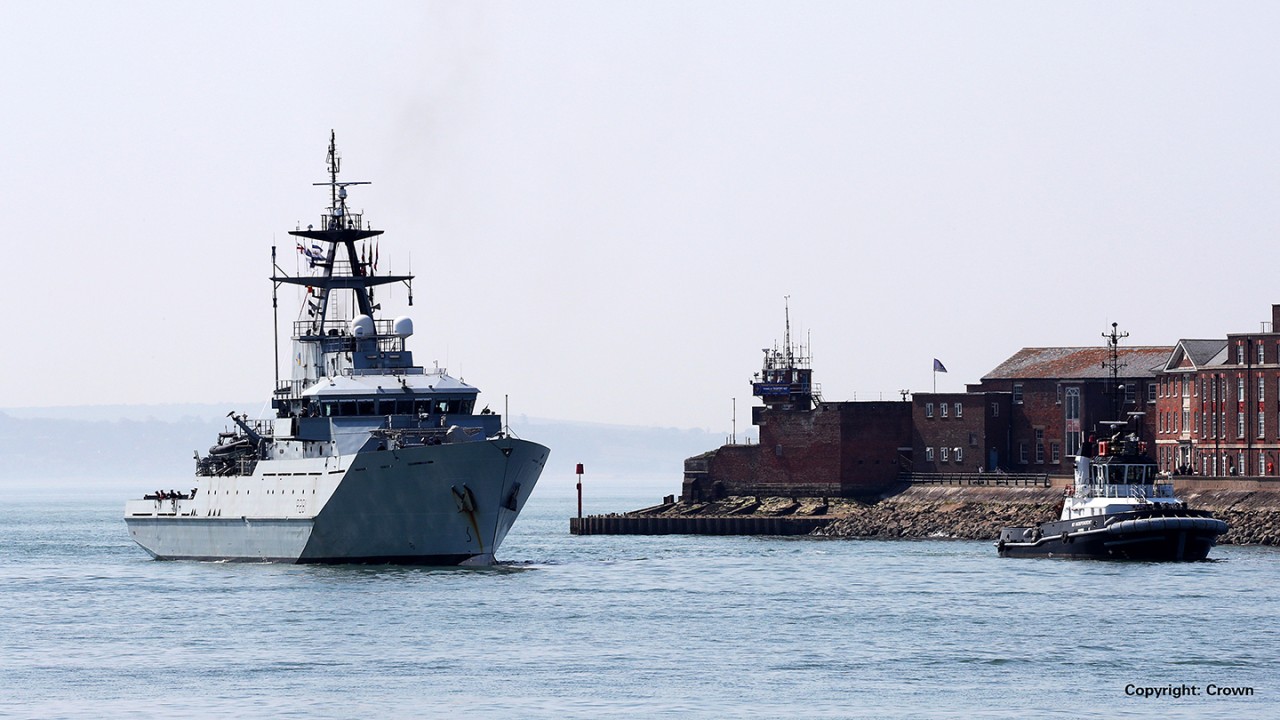Shore communications systems
Broadcast and Ship to Shore (BRASS) and Maritime Rear Link System is widely implemented in NATO nations. To take advantage of new technologies and address new requirements, NATO developed BRASS Enhancement One Target Architecture (BRE1TA) that defines improvements to the existing shore High Frequency (HF) stations that will become Beyond Line of Sight (BLOS) Access Points in future.
BRASS provides naval forces with radio communications and associated services. The networking of the nation’s shore stations allows NATO to satisfy its need for a global radio communications infrastructure in order to cover different areas, without building and operating a complete naval communications infrastructure of its own. The aim of NATO BRASS is to provide reliable communications between ships and shore offering access to all available NATO BLOS Access Points.
NATO plans to move HF communications to the new BRE1TA, which is also the basis for the implementation of wideband HF services. The key capabilities provided by BRE1TA focus on non-SATCOM HF wireless BLOS. HF is the key, because it acts as BLOS communications and it can reach where Satellite Communications (SATCOM) cannot (e.g. polar regions) plus is not as vulnerable (satellites can be jammed or destroyed).
BRE1TA offers simplified routing, resulting in faster transmission of military information between coastal stations and seagoing units in accordance with STANAG 4406; and IP services can be provided over shortwave links in accordance with STANAG 5066. Backward compatibility with NATO BRASS Initial Core Capability (ICC) and NATO legacy systems ensures interoperability with other branches of the armed forces and NATO units.










